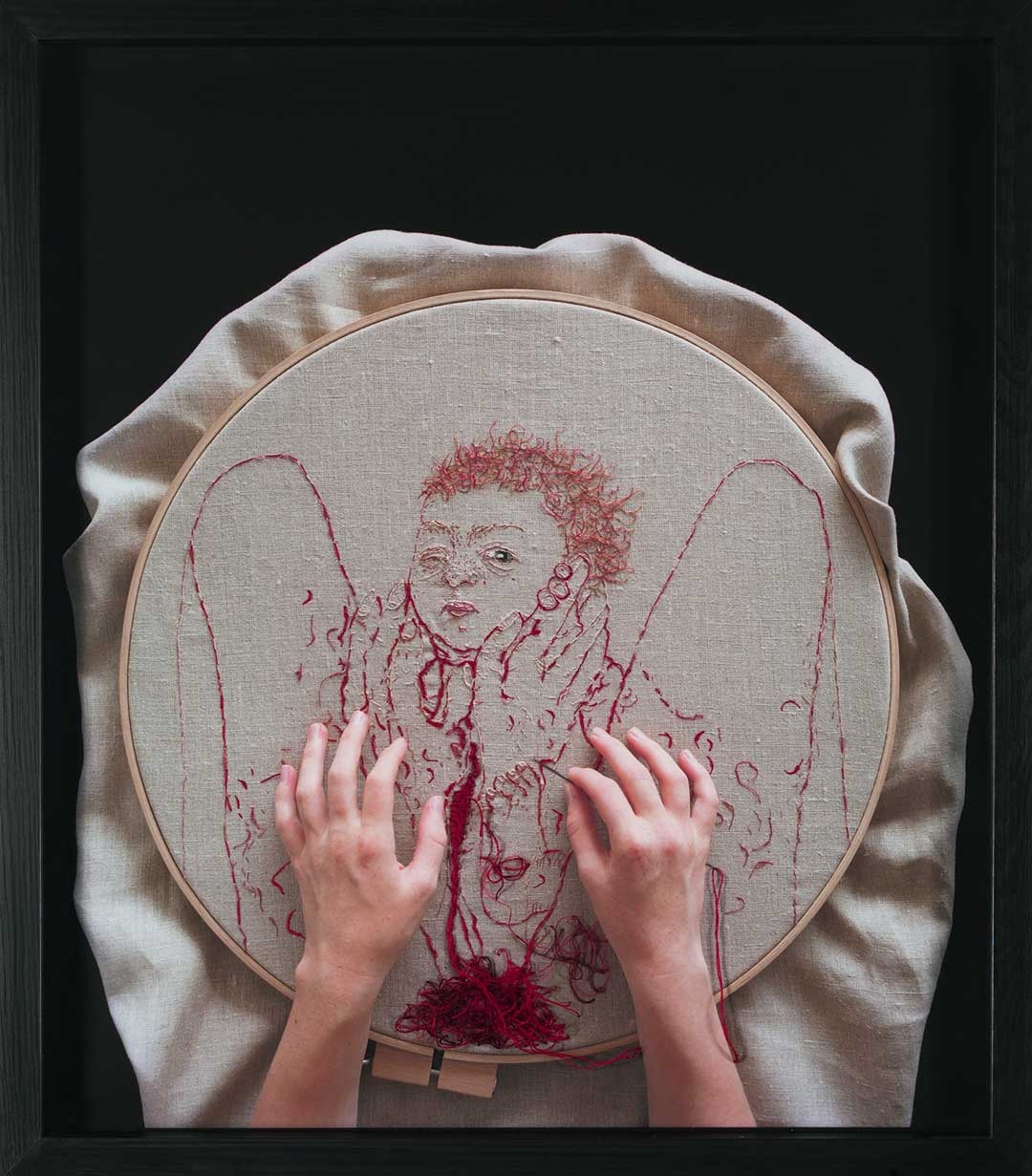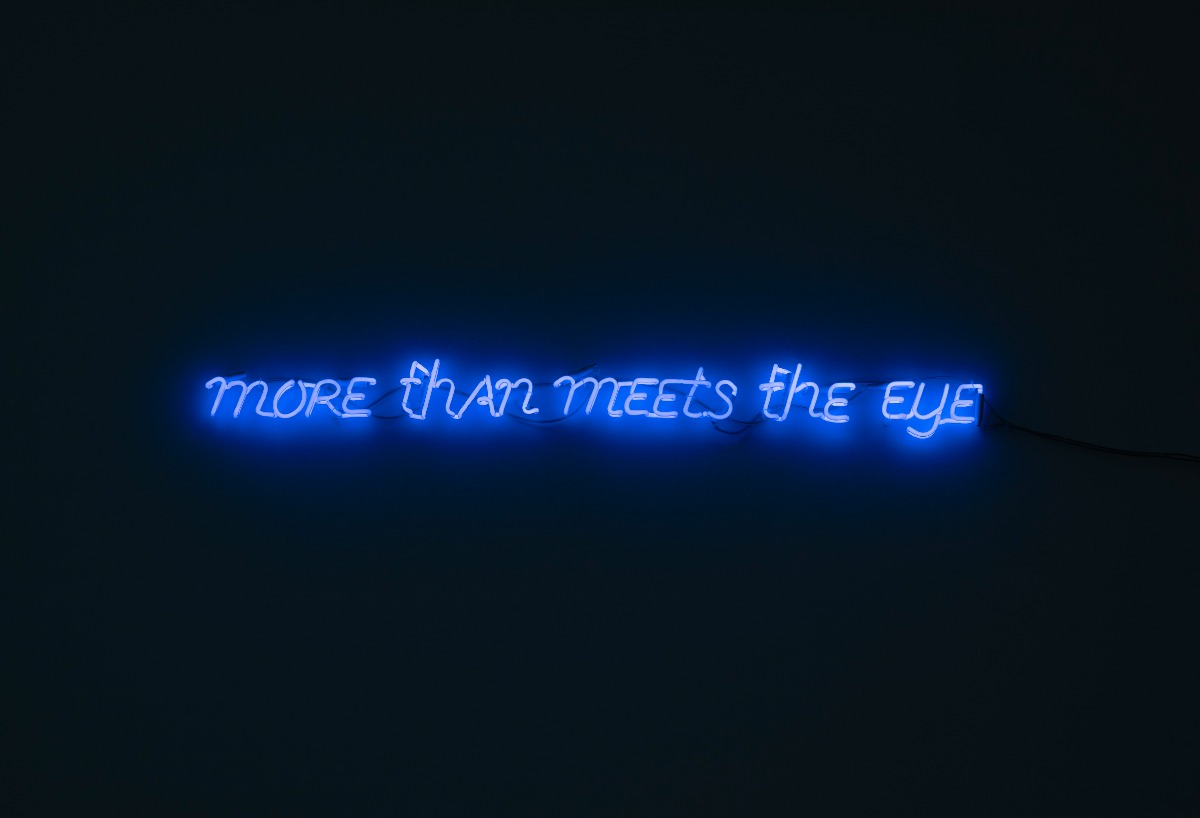
Almost any material form
An express interview with Finnish curator Saara Karhunen about “Rock, Paper, Scissors”, a major exhibition dedicated to the role of materials in contemporary art. On view at Kiasma (Helsinki) until January 18, 2026.
Rock, Paper, Scissors” explores the diverse meanings and techniques behind contemporary art materials from the 1970s to today. This lavish exhibition provides keys for understanding numerous phenomena in the art of recent decades. The range of materials used in contemporary art has grown to be almost infinite, making the choice of material and ways of working with it central to the content of artworks. This is the starting point for the Rock, Paper, Scissors exhibition, which delves into many of the fundamental questions in contemporary art: Why does contemporary art look the way it does? What do the choices of material tell us? What kind of material are sounds – or thoughts – for an artist? The exhibition also raises questions of authorship and contemplates modes of perception.
The exhibition, put together from the Finnish National Gallery’s collections, features works by 52 artists. It includes pieces by Finnish contemporary-art pioneers and interesting artists of the younger generation as well as by classic figures in international contemporary art. The exhibition also features works by Baltic artists from the museum’s collection — for example, The Old One (2023) by Krišs Salmanis. The curators are Saara Karhunen, Saara Hacklin, and Satu Oksanen. We reached out to Saara Karhunen to learn more about the exhibition and its context.
Claes Oldenburg. Extinguished Match. 1987. Photo: Finnish National Gallery / Petri Virtanen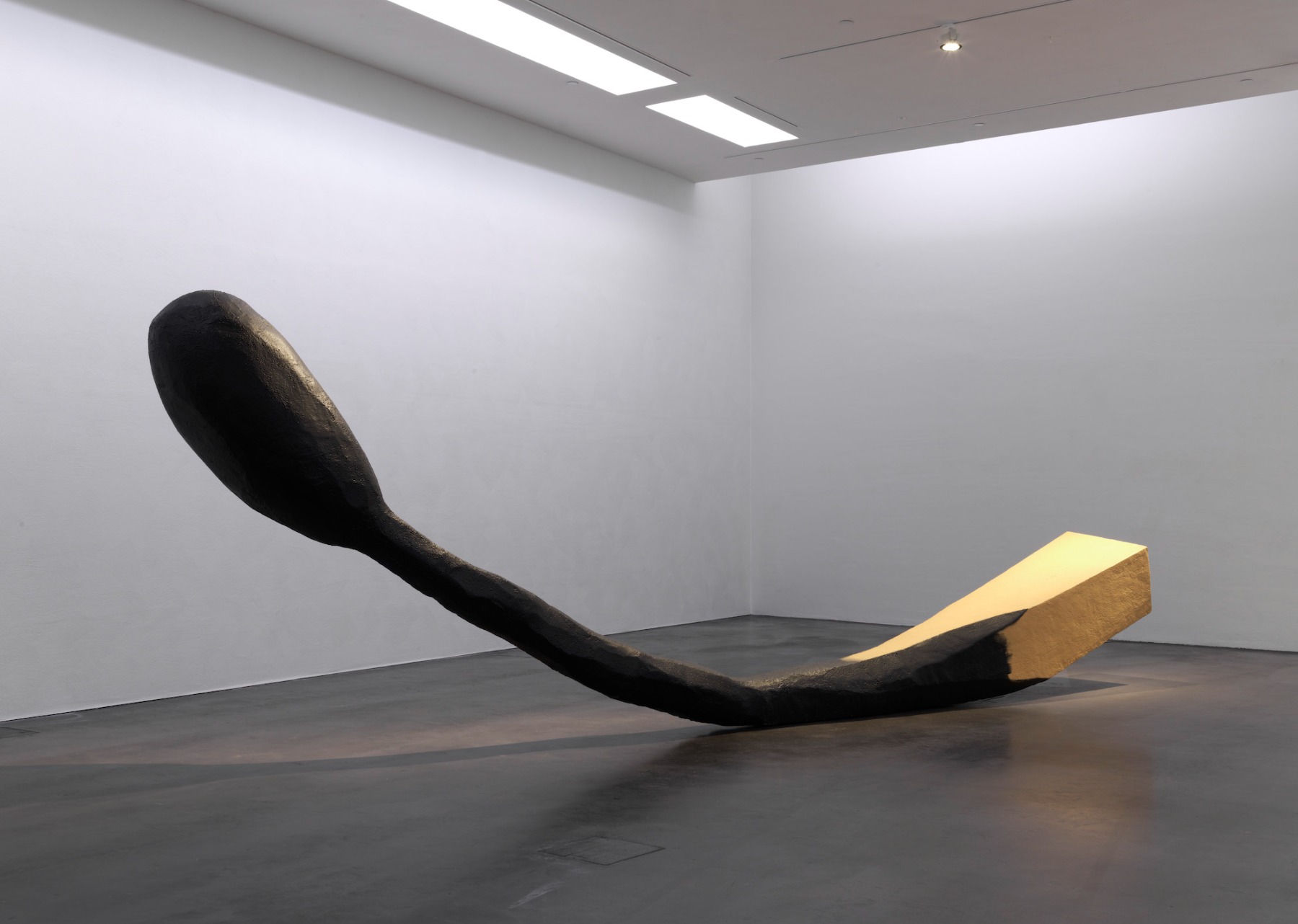
The Rock, Paper, Scissors collection exhibition explores the diverse meanings of contemporary-art materials and the techniques used with them from the 1970s to the present. How has materiality changed over the decades?
As viewers of contemporary art, we can expect an artwork to take almost any physical and material form. The range of material and technical possibilities for art has diversified over recent decades, and the materiality of an artwork and the meanings it carries cannot be ignored when we look at art.
This seemingly simple fact has its roots in specific movements in the history of contemporary art. For example, 1960s minimalism marked a shift in the thinking about what materials can count as materials for art, and artists started using industrially produced construction materials in their works. Around the same time, process-based art, performance, and conceptual art emerged – all of which involved a radical shift of focus to the material form of the artwork. One of the key historical pieces in the exhibition is Donald Judd’s Untitled (1989), a large, open-box-like shape made out of plates of COR-TEN steel and purple Plexiglas.
The materiality of different mediums, such as painting and printmaking, has also been a topic of interest for artists in recent decades, and is something that has been reinterpreted in many ways. Inka Bell is a printmaker who makes three-dimensional paper sculptures that examine traditional printmaking methods. Her Edged V (2022) is a geometrical shape created out of laser-cut sheets of paper. She has airbrushed areas of the surface with blue acrylic paint. Paper is a central material in printmaking, but she works with it in an experimental way.
In this exhibition we are interested in thinking about materiality as a sort of gateway to experiencing artworks. A piece’s material character is one viewpoint from which we can start observing it, and this plays a part in the meanings of the work.
Sara Bjarland. Dust Manifesto. 2022. Photo: Finnish National Gallery / Hannu Aaltonen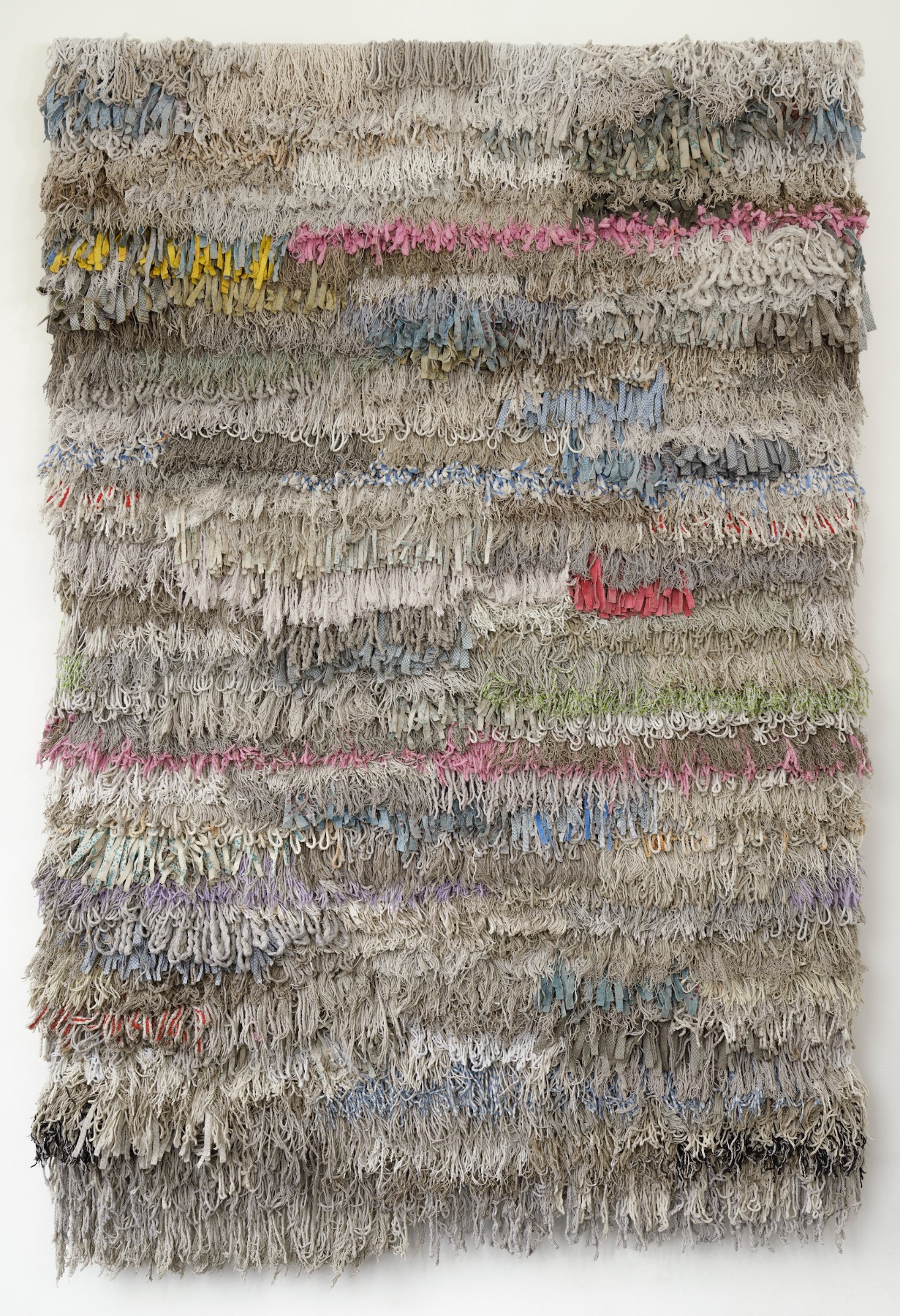
Are today's artists more interested in immaterial materials – such as light, sound, and smell?
Contemporary art has been greatly influenced by conceptual art that emphasised the idea over materiality. Yet, conceptual art, too, has a relation to materiality, in never being completely immaterial. We have chosen to include in the exhibition an example of early Finnish conceptual art, by Jan-Olof Mallander.
“Immaterial materials” are an integral part of the materiality of contemporary art. Contemporary art is very often something that we can experience through different senses, and with our bodies.
It is also important to think about the material quality of materials that we intuitively consider to be immaterial, such as sound. Pearla Pigao’s RD2-5DXA-4DXFF (2019) is a sonic installation in which the viewer encounters a series of hand-woven digital jacquard tapestries made out of cotton and metal thread, which conducts an electric charge. The textiles are connected to an analogue oscillator, which produces sound waves. Viewers’ bodies affect the electric circuit and turn the installation into an instrument.
The materiality of the digital realm is one thematic line of thought running through our exhibition. To give another example, Nina Canell’s Attenuate, Attenuate (2018) is a woven piece made out of thin, fragile copper wire. This material is one of the most relevant to our everyday experience of living in a digitalized world. Copper wire transmits data and electricity, even if we do not sense the material as such. On the same topic, Olli Keränen’s How It Feels in Your Hand (2015) makes us think about the interconnectedness of the immaterial and material. The shape of the work resembles an enlarged smartphone, and the painterly motif on its surface depicts oil and grease stains on a phone screen – a very recognizable pattern to anyone who handles mobile devices.
Pearla Pigao. RD2-5DXA-4DXFF. 2019. Photo: Finnish National Gallery / Petri Virtanen
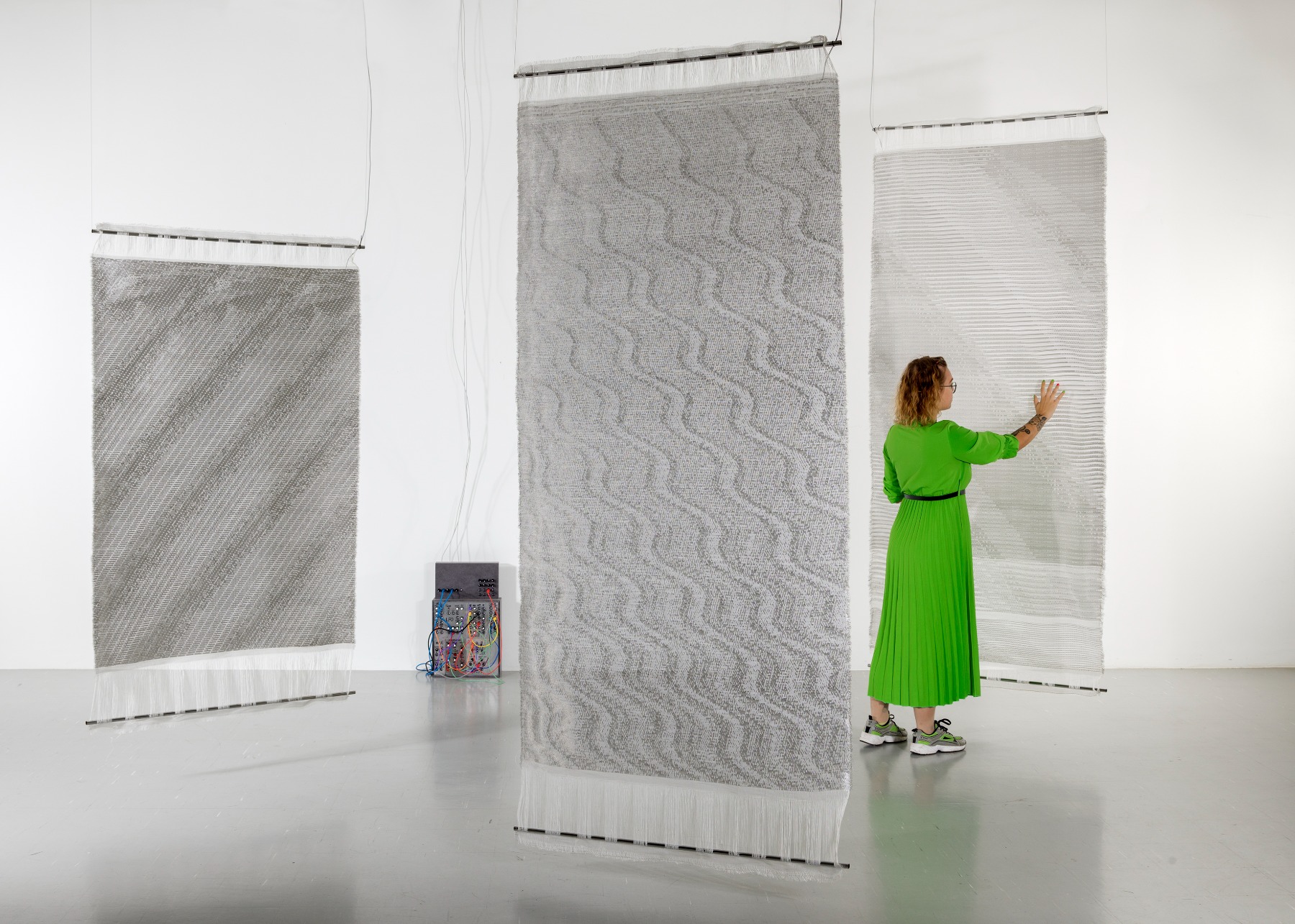
What role does craftsmanship play now? It seems that uniqueness and the artist’s touch are becoming increasingly meaningful.
Many contemporary artists are interested in craftmanship and in mastering traditional techniques, such as weaving textiles or casting metal – but it can equally be that artists collaborate with people who have mastered techniques that they themselves have not. I would argue that the artist’s touch is less relevant as a concept today, at least in the sense that it resonates with some sort of modernist mystique.
Craftmanship is approached through a conceptual lens in Mikko Kuorinki’s Objects described to Giorgos, Bernhard, Ekaterini & Marietta, Dzintars, Normunds, Viktors, Mattias, Sara, Bert, Shahar, Saara, Joonas and Timo (2015–2017). The work consists of objects created by a number of craftspeople – such as ceramists, textile artisans, carpenters, and stone carvers. Kuorinki wrote short descriptions of imaginary objects and the artisans interpreted them as guidelines for producing an object. The starting point for the work was a residency that Kuorinki had on the island of Tinos in Greece, famous for its marble carving. He became interested in the material and in working with it, even if he does not have that skill himself. The installation is a response to this, while it also raises questions about what constitutes the maker of an artwork.
Maria Duncker. National Costumes IV. 1998. Photo: Finnish National Gallery / Petri Virtanen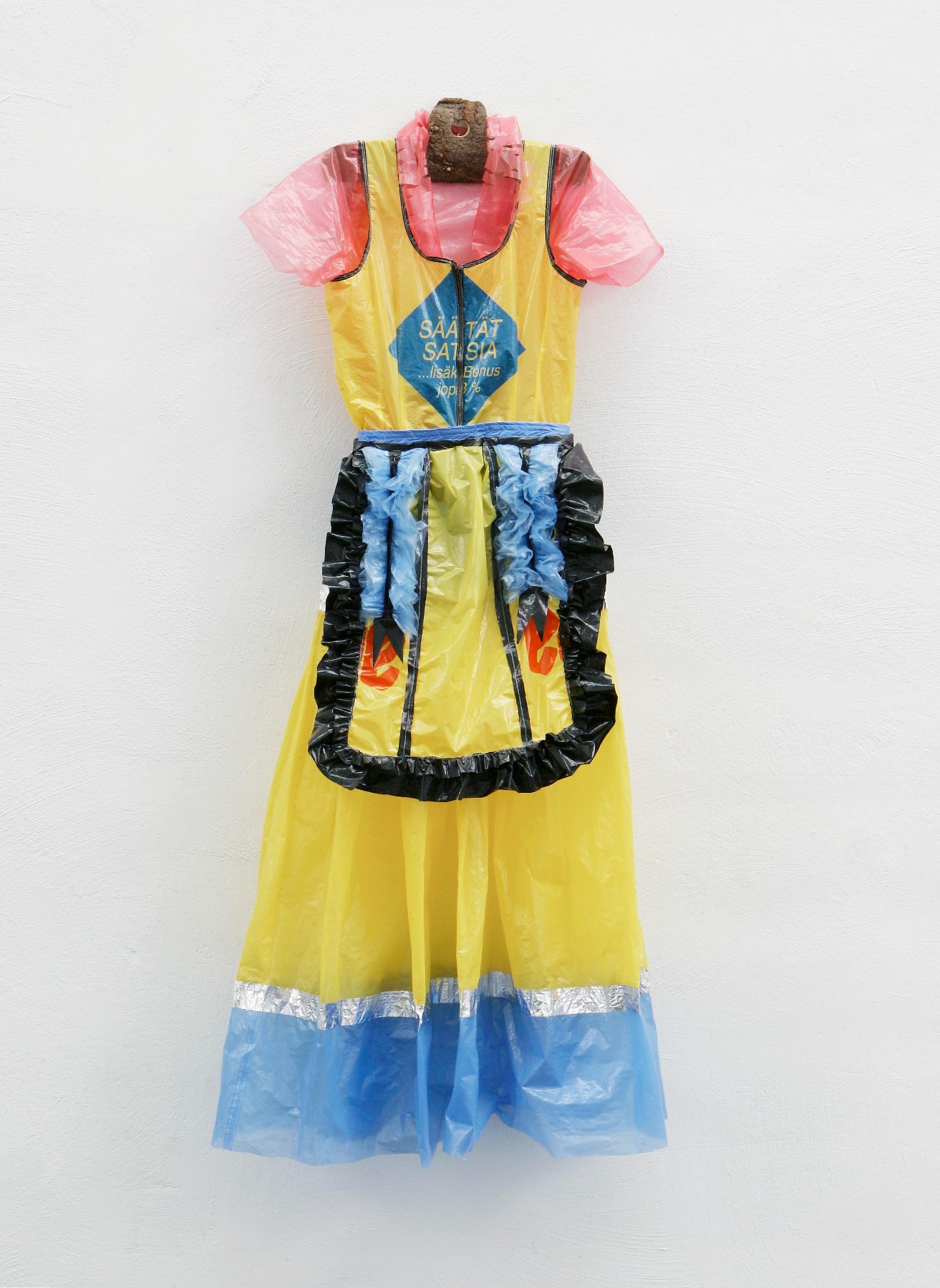
Materials are also linked to ecological thinking. Are there examples of that approach in the exhibition?
Materiality connects artworks to the physical realm, so, in that sense, I would say an ecological interpretation is always a possibility, and this is present in the exhibition in many ways.
To name a couple of examples, I would like to mention Sissel M. Bergh’s video Tjaetsie (2018), which explores the interactions between the sea, its inhabitants, human beings and technology.
Another type of example would be Teuri Haarla, who is a pioneer of Finnish land art. His photographic series Memory, Earth, Body (1998–2003) documents a process in which the artist cultivates a field in his backyard, while observing the human presence in the landscape.
Jacob Dahlgren. The Wonderful World of Abstraction. 2009. Photo: Finnish National Gallery / Veera Konsti
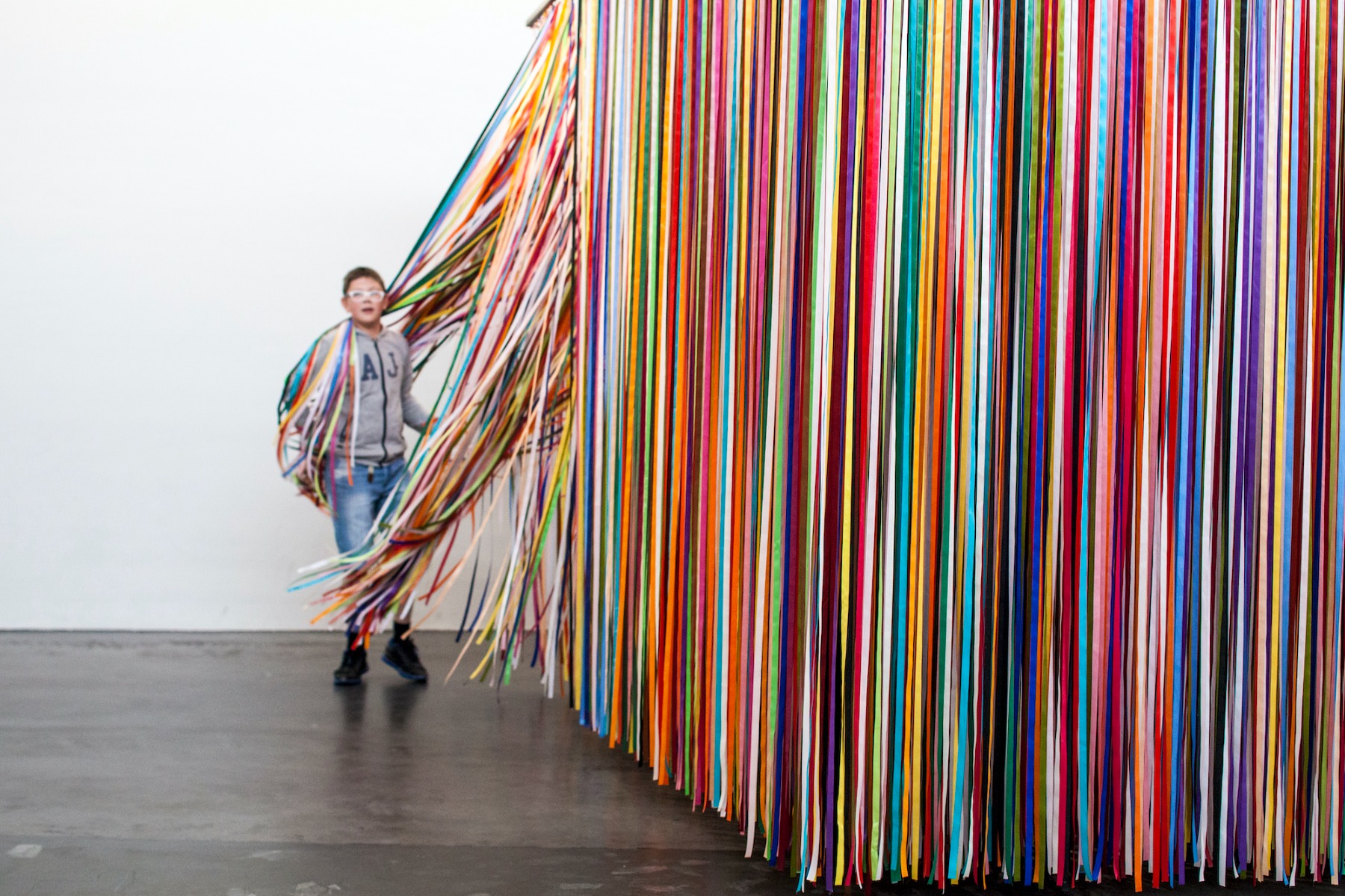
The exhibition, drawn from the Finnish National Gallery’s collections, features works by 52 artists. Which artists from the Baltics are included?
We often include artists from the Baltic countries in Kiasma’s collection exhibitions, since art from the nearby regions is one focus of our collection. In this exhibition we have recent acquisitions from Latvian artist Krišs Salmanis and Lithuanian artists Ona Juciūtė and Robertas Narkus.
Krišs Salmanis. The Old One. 2023. Photo: Finnish National Gallery / Pirje Mykkänen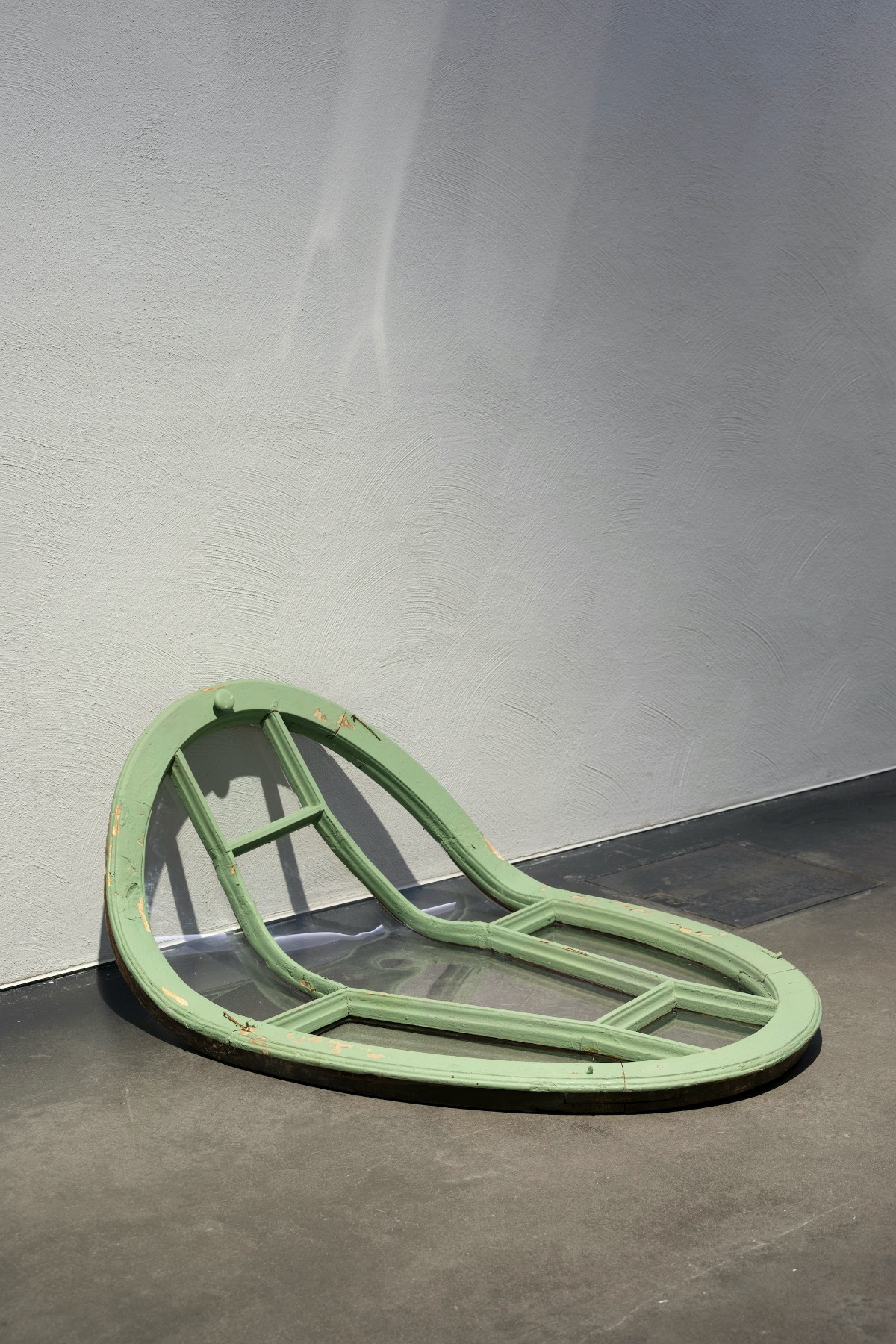
Is contemporary art easy to preserve? What is the museum conservators’ perspective on this issue?
At times, it is impossible to preserve works of contemporary art, at least for the unforeseeable future. When it is known that the material of an artwork that we have decided to acquire for the collection will not last, we discuss altogether setting a lifespan for the work, or we decide on the possibility of replacing parts that will not last.
Our conservator Suvi Kervinen writes about the conservator’s perspective in her article in the exhibition catalogue. She describes her working process, focusing on the materials of a few works in the exhibition – such as bread, as in Baran Caginli’s work, and plastic bags, as in Maria Duncker’s. She emphasizes that it is important to understand the artist’s material thinking and the realities of the materials. In some cases this may mean accepting the fact that the work will decay at some point.
The conservator’s perspective on contemporary art can open up new lines of thought for our audiences in the context of this exhibition. In addition to Suvi’s article, we have included in the exhibition videos in which conservators talk about specific artworks in the exhibition and how they have been conserved.
Ulla Jokisalo, Marjatta, Näkökulma, 2008. Photo: Finnish National Gallery /Petri Virtanen